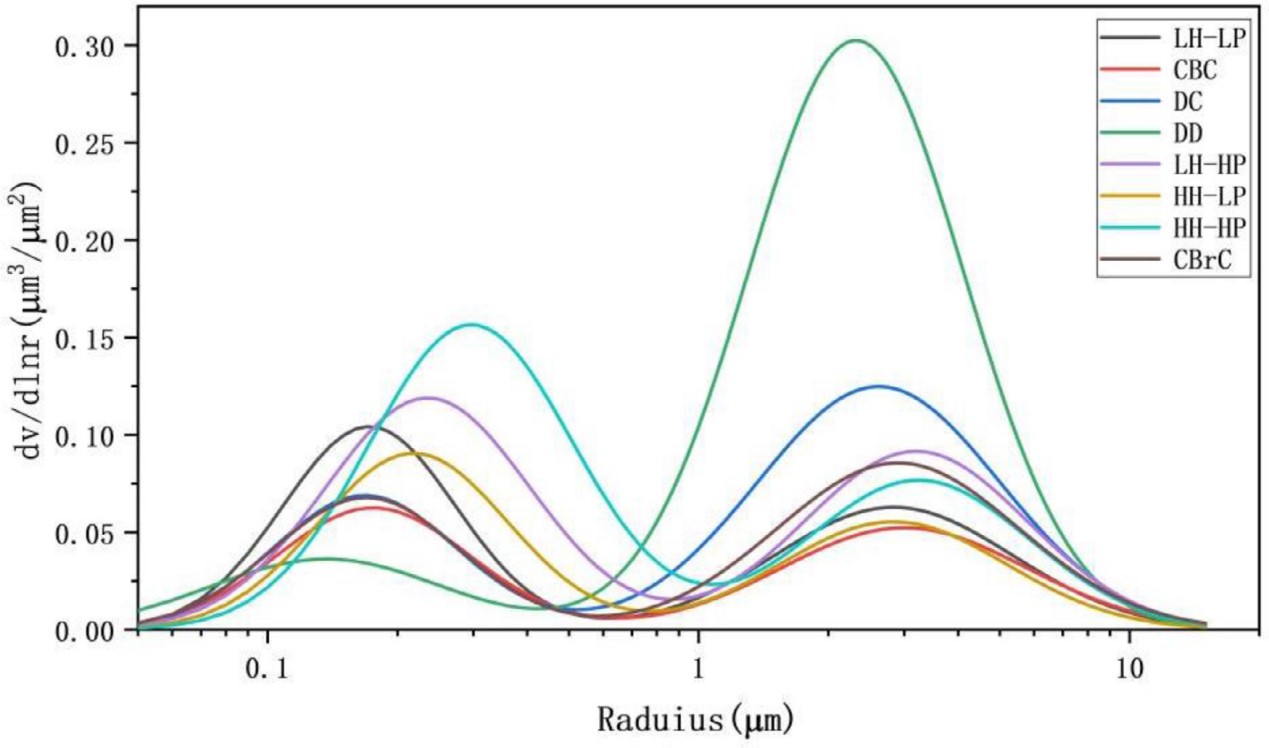
The aerosol model is generally adopted to describe the typical aerosol properties in a specific region, and it is an indispensable input parameter in radiative transfer calculations.
According to a paper recently published on Journal of Quantitative Spectroscopy, researchers developed eight aerosol types to help obtain better understanding of earth atmosphere, basing on data acquired at aerosol robotic network (AERONET) sites across China.
The research team was led by Prof. SUN Xiaobing from Hefei Institutes of Physical Science (HFIPS), Chinese Academy of Sciences.
Based on the data of AEROENT China site, the research team used cluster analysis to obtain eight aerosol models: carbonaceous-black carbon (CBC), carbonaceous-brown carbon (CBrC), dust-desert (DD), dust-city (DC), high humidity and high pollution (HH-HP), high humidity and low pollution (HH-LP), low humidity and high pollution (LH-HP) and low humidity and low pollution (LH-HP).
The seasonal variations of the above aerosol types in the selected areas were analyzed: dust aerosols mostly appeared in spring (DD type and DC type), and high moisture absorption aerosols (HH- HP type and HH- LP type) appeared mostly in summer. The frequency of carbonaceous aerosols (CBC and CBrC) reaches the maximum in winter.
This study can promote a better understanding for not only physical and chemical properties, but also temporal and spatial distribution of aerosols in China.
Link to paper:The primary aerosol models and distribution characteristics over China based on the AERONET data

Figure 1. Size distributions of the eight aerosol categories. (Image by FAN Yizhe)

Figure 2.Seasonal distributions of the aerosol models in China. (Image by FAN Yizhe)
Contact:
ZHAO Weiwei
Hefei Institutes of Physical Science (http://english.hf.cas.cn/)
Email: annyzhao@ipp.ac.cn